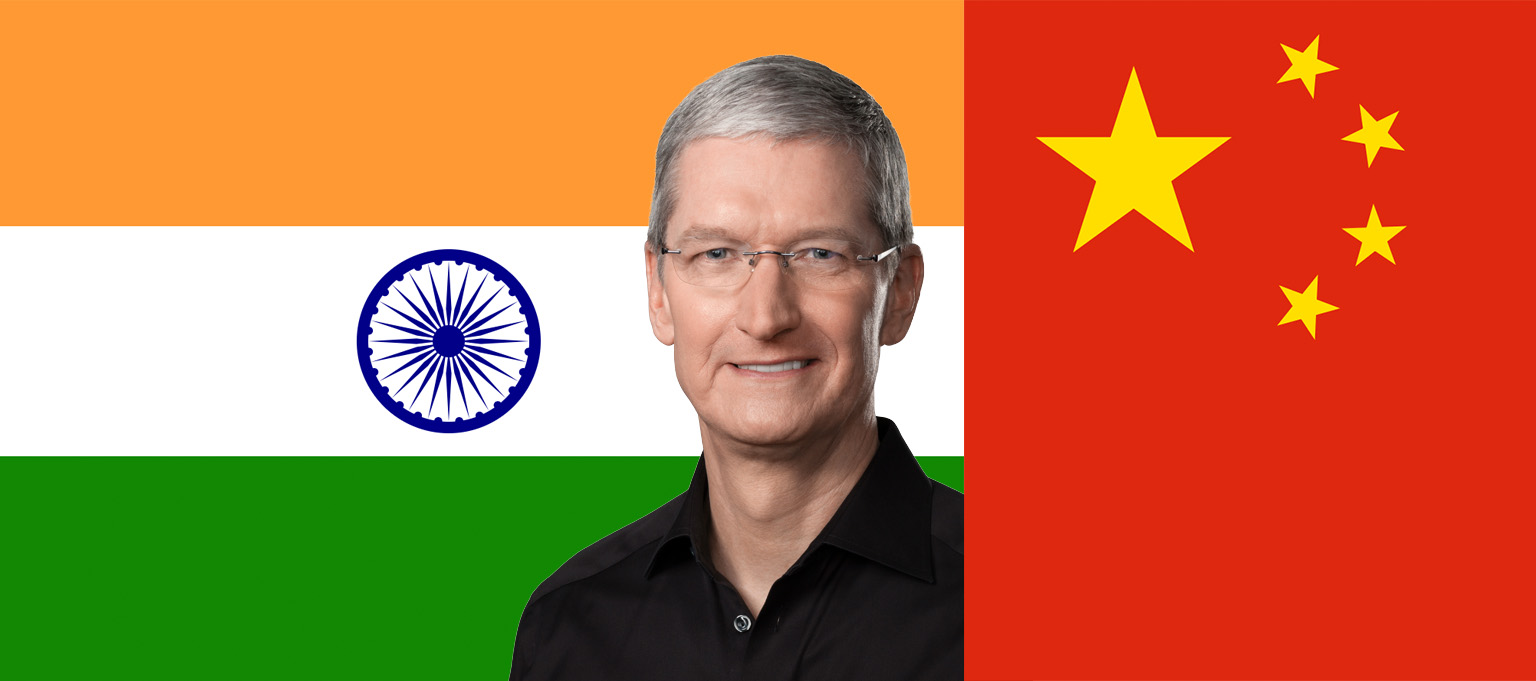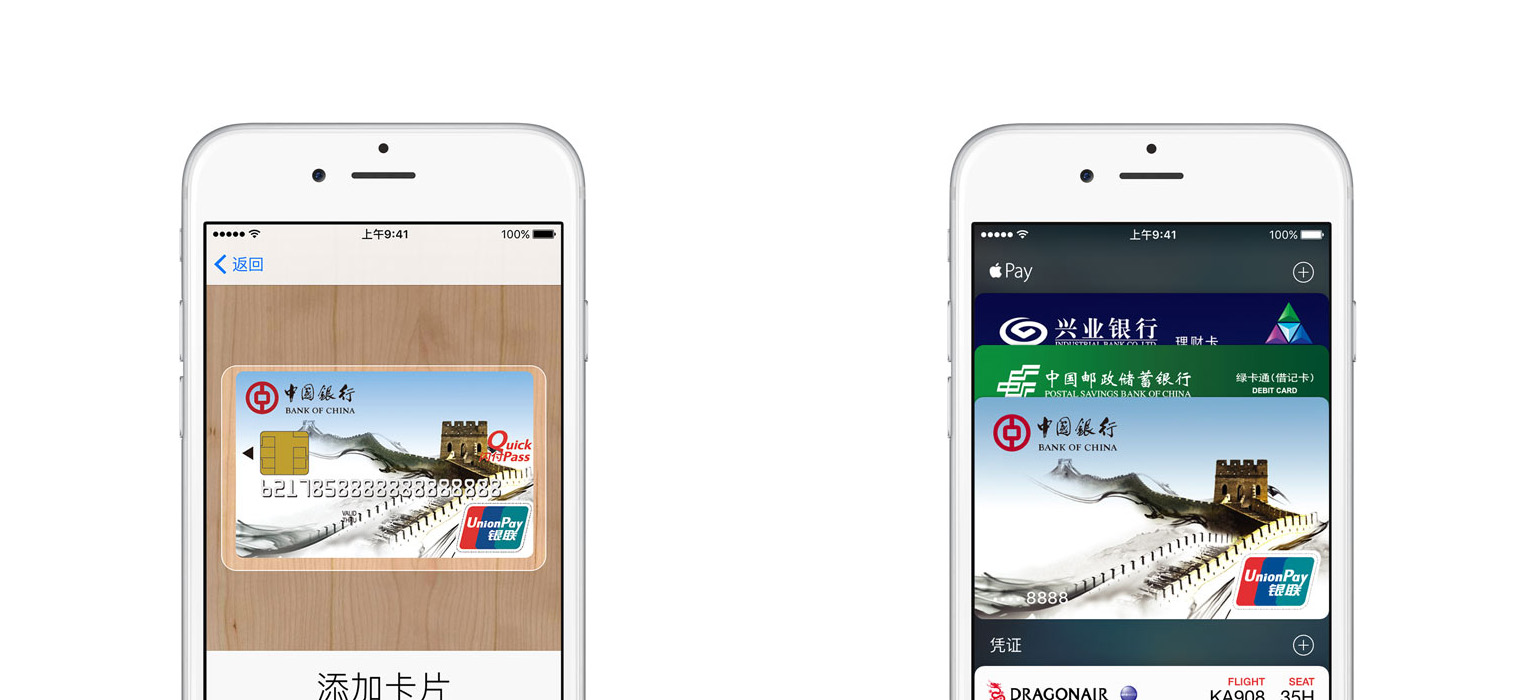Apple has announced that it does not expect to meet its revenue projections for the March quarter as a result of the COVID-19 virus outbreak in China, which the company says has resulted in a slower return to normal conditions than expected at the time of its Q1 2020 earnings call held on January 28th. Apple cited two factors that will reduce revenue for the current quarter:
The first is that worldwide iPhone supply will be temporarily constrained. While our iPhone manufacturing partner sites are located outside the Hubei province — and while all of these facilities have reopened — they are ramping up more slowly than we had anticipated. The health and well-being of every person who helps make these products possible is our paramount priority, and we are working in close consultation with our suppliers and public health experts as this ramp continues. These iPhone supply shortages will temporarily affect revenues worldwide.
The second is that demand for our products within China has been affected. All of our stores in China and many of our partner stores have been closed. Additionally, stores that are open have been operating at reduced hours and with very low customer traffic. We are gradually reopening our retail stores and will continue to do so as steadily and safely as we can. Our corporate offices and contact centers in China are open, and our online stores have remained open throughout.
Although Apple has not provided revised March quarter revenue guidance, the company said that customer demand for its products and services outside of China has been strong and in line with its expectations.
Apple also announced in its press release that it is more than doubling its donation to support China’s public health effort.





